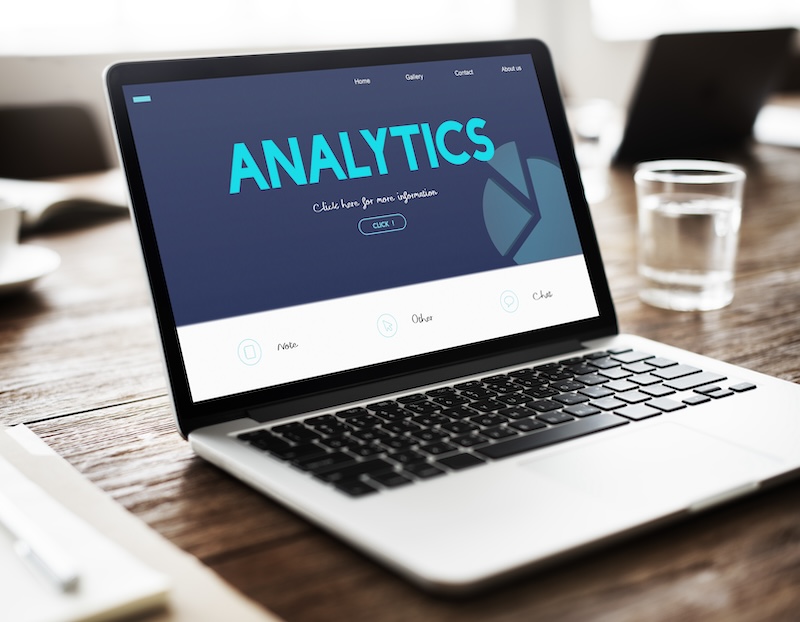Analyzing Ad Performance: The Key to Optimizing Your Campaigns

Introduction
In today's fast-paced digital marketing landscape, understanding and analyzing ad performance is more critical than ever. With the vast amount of data available, marketers have the opportunity to optimize campaigns and improve return on investment (ROI) significantly. This comprehensive guide will walk you through the process of analyzing ad performance and provide actionable insights to enhance your campaigns effectively.
Why Analyzing Ad Performance is Crucial
Analyzing ad performance helps marketers understand which aspects of their campaigns are working and which need improvement. This process involves examining various metrics such as click-through rates (CTR), conversion rates, cost per acquisition (CPA), and return on ad spend (ROAS). By identifying patterns and trends, marketers can make data-driven decisions to optimize their advertising strategies.
Key Metrics to Analyze
Understanding the right metrics is the first step toward effective ad performance analysis. Here are some crucial metrics to consider:
-
Impressions: The number of times your ad is displayed.
-
Clicks: The number of times users click on your ad.
-
Click-Through Rate (CTR): The ratio of clicks to impressions, indicating how compelling your ad is.
[ \text{CTR} = \left( \frac{\text{Clicks}}{\text{Impressions}} \right) \times 100 ]
-
Conversion Rate: The percentage of users who completed a desired action after clicking your ad.
[ \text{Conversion Rate} = \left( \frac{\text{Conversions}}{\text{Clicks}} \right) \times 100 ]
-
Cost Per Click (CPC): The average cost incurred for each click on your ad.
-
Cost Per Acquisition (CPA): The average cost to acquire a customer.
[ \text{CPA} = \frac{\text{Total Cost}}{\text{Total Conversions}} ]
-
Return on Ad Spend (ROAS): Measures the revenue generated for every dollar spent on advertising.
[ \text{ROAS} = \frac{\text{Revenue}}{\text{Ad Spend}} ]
Tools for Analyzing Ad Performance
Several tools can help in analyzing ad performance effectively:
Google Analytics
Google Analytics provides insights into how users interact with your website after clicking an ad. It helps in understanding user behavior and tracking conversions.
Facebook Ads Manager
For campaigns running on Facebook, the Ads Manager provides detailed metrics, audience insights, and performance tracking.
Google Ads
Google Ads offers a comprehensive dashboard to monitor ad performance, including CTR, CPC, and conversion metrics.
Third-Party Analytics Tools
Tools like SEMrush, Ahrefs, and HubSpot offer advanced analytics capabilities and competitive insights.
Practical Examples and Code Snippets
Let's look at practical examples of how you can use data analysis to optimize your ad campaigns.
Analyzing CTR
Here's a Python code snippet using pandas to analyze CTR from a dataset:
import pandas as pd
# Sample dataset
data = {
'Ad': ['Ad A', 'Ad B', 'Ad C'],
'Impressions': [10000, 15000, 12000],
'Clicks': [200, 300, 180]
}
df = pd.DataFrame(data)
df['CTR'] = (df['Clicks'] / df['Impressions']) * 100
print(df)
Calculating ROAS
To calculate ROAS, you can use the following formula in a spreadsheet tool like Excel or Google Sheets:
=Revenue / Ad_Spend
Alternatively, here's how you can calculate ROAS using Python:
def calculate_roas(revenue, ad_spend):
return revenue / ad_spend
# Example
revenue = 5000
ad_spend = 1000
roas = calculate_roas(revenue, ad_spend)
print(f"ROAS: {roas:.2f}")
Best Practices for Optimizing Campaigns
A/B Testing
Conduct A/B tests to compare different ad creatives, headlines, and calls to action. This helps in identifying the most effective elements of your ads.
Audience Segmentation
Segment your audience based on demographics, interests, and behaviors to tailor ads that resonate with specific groups.
Ad Scheduling
Analyze when your target audience is most active and schedule your ads to appear during those times.
Budget Allocation
Allocate your budget strategically across high-performing campaigns and pause underperforming ones.
Continuous Monitoring
Regularly monitor ad performance and adjust your strategies based on the latest data insights.
Actionable Takeaways
- Leverage Data: Use data analytics to drive decision-making and campaign adjustments.
- Focus on Key Metrics: Prioritize metrics that align with your campaign goals.
- Iterate and Optimize: Continuously test and refine your ad strategies.
- Utilize Advanced Tools: Employ analytics tools to gain deeper insights into ad performance.
- Stay Updated: Keep abreast of industry trends and adjust your strategies accordingly.
Conclusion
Analyzing ad performance is an ongoing process that demands attention to detail and a strategic approach. By understanding the metrics, utilizing the right tools, and implementing best practices, you can significantly enhance your advertising efforts. As you move forward, make data-driven decisions and continuously optimize your campaigns to achieve maximum ROI.
Next Steps
- Set Clear Objectives: Define what success looks like for your campaigns.
- Implement Analytics: Ensure that your analytics tools are properly set up to track relevant metrics.
- Conduct Regular Reviews: Schedule periodic reviews of your ad performance data.
- Adjust Strategies: Be prepared to pivot your strategies based on data insights.
- Educate Your Team: Ensure your marketing team is knowledgeable about the latest tools and techniques in ad performance analysis.
By mastering the art of analyzing ad performance, you can gain a competitive edge in the digital marketing arena and drive your campaigns toward success.